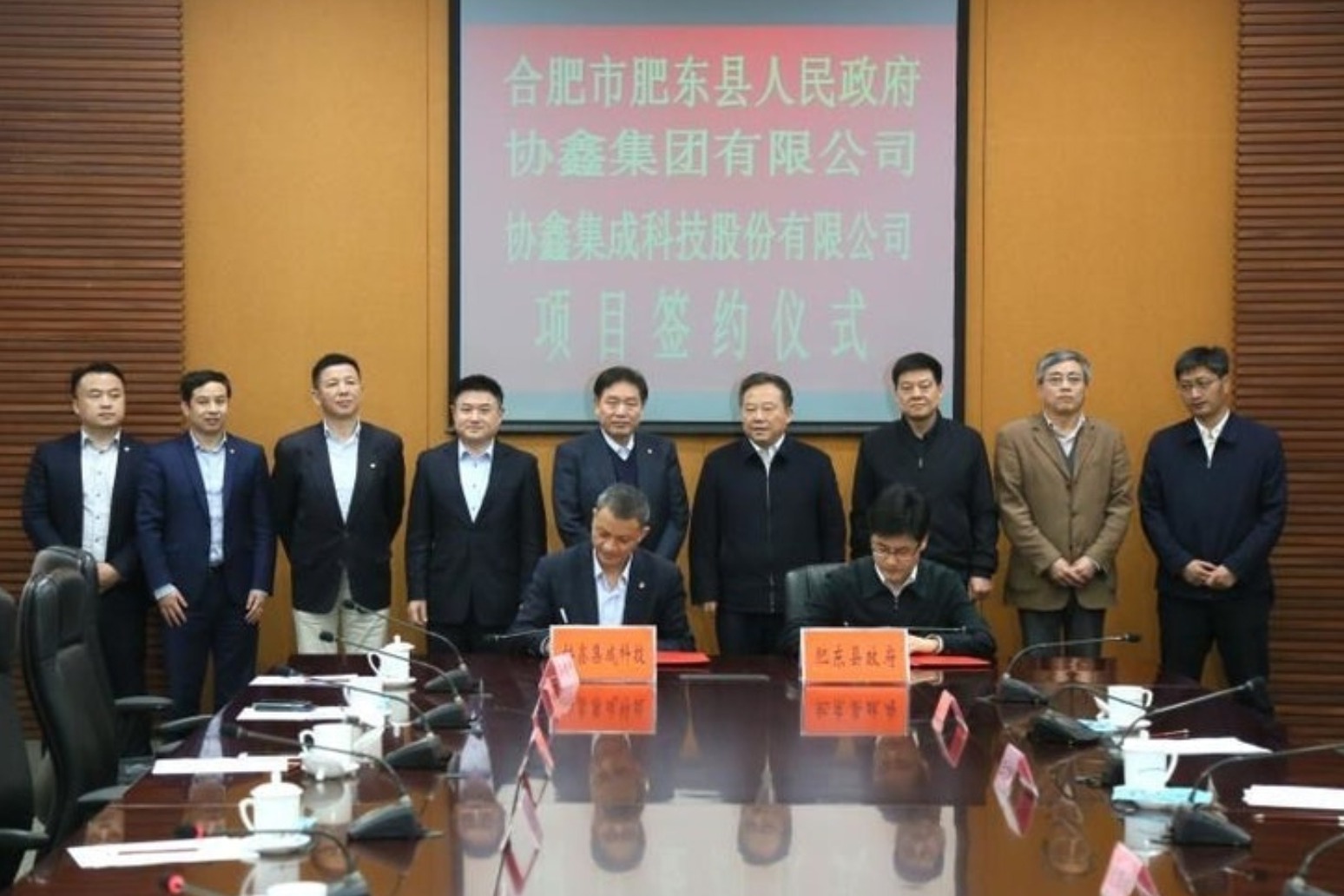
China becomes first economy to grow since virus pandemic
China became the first major economy to grow since the start of the coronavirus pandemic, recording an unexpectedly strong 3.2% expansion in the latest quarter after anti-virus lockdowns were lifted and factories and stores reopened.
Growth reported on Thursday for the three months ending in June was a dramatic improvement over the previous quarter’s 6.8% contraction —China’s worst performance since at least the mid-1960s.
But it still was the weakest positive figure since China started reporting quarterly growth in the early 1990s.
“We expect to see continuous improvement in the upcoming quarters,” said Marcella Chow of JP Morgan Asset Management in a report.
China, where the coronavirus pandemic began in December, was the first economy to shut down and the first to start the drawn-out process of recovery in March after the ruling Communist Party declared the disease under control.
“The national economy shifted from slowing down to rising in the first half of 2020,” the National Bureau of Statistics said in a statement.
Asian financial markets fell despite the show of strength by the region’s biggest economy as investor enthusiasm following announcements about research into a possible coronavirus vaccine receded.
China’s market benchmark, the Shanghai Composite Index, was down 1.4% at midday.
In Tokyo, the Nikkei 225 lost 0.7%. Hong Kong’s Hang Seng declined 1.4% and the Kospi in South Korea fell 0.8%.
Economists say China is likely to recover faster than some other major economies due to the ruling Communist Party’s decision to impose the most intensive anti-disease measures in history.
Those cut off most access to cities with a total of 60 million people and suspended trade and travel — steps later imitated by some Asian and European governments as the virus spread.
Manufacturing and some other industries are almost back to normal. But consumer spending is weak due to fear of possible job losses.
Cinemas and some other businesses still are closed and restrictions on travel stay in place.
“The pandemic is creating winners and losers,” said Bill Adams of PNC Financial Services Group in a report.
“Manufacturing is leading China’s recovery.”
In light of the latest data, Chinese leaders are “likely to keep the current policy stance largely unchanged,” said Larry Hu and Xinyu Ji of Macquarie Capital in a report.
The International Monetary Fund is forecasting China’s growth at 1% this year. That would be the weakest since the 1960s but better than the Fund’s outlook for an 8% contraction in US output and a 4.9% decline for the world.
On Tuesday, the government eased some curbs on domestic tourism after China reported no new locally acquired infections in nine days.
The Ministry of Culture and Tourism said tourist sites can allow 50% of their daily visitor capacity, up from 30%, and tours from one province to another can resume.
In the three months ending in June, factory output rose 4.4%, rebounding from the previous quarter’s 8.4% contraction after factories that make the world’s smartphones, shoes, toys and other goods reopened.
Retail sales shrank by 3.9%, but that was a marked improvement over the previous quarter’s 19% contraction while millions of families were confined to their homes and shopping centres were shut down. Online retail sales rose 14.3%, up from the previous quarter’s 5.9%.
June exports grew by an unexpectedly strong 0.4% but still are off 3% for the first half of the year. Imports rose 3% — including a 10.6% jump in purchases of US goods despite a tariff war — but are down 3.3% so far this year.
Forecasters warn exporters are likely to face another decline in demand as sales of masks and other medical supplies taper off and US and European retailers cancel orders.
“This suggests sustained pressure on employment, currently the government’s foremost policy priority,” said JP Morgan’s Chow.
A potential stumbling block is worsening relations with the United States, China’s biggest national export market, over disputes about trade, technology, human rights and Hong Kong.
The two governments signed an agreement in January to postpone further tariff hikes in their fight over Beijing’s technology ambitions and trade surplus. But most increases already imposed remained in place.
“The darkest moment is behind us, but given the huge uncertainties from the Covid-19 and the global economy, it’s too early to say that China is out of the woods,” said Macquarie’s economists.
Published: by Radio NewsHub